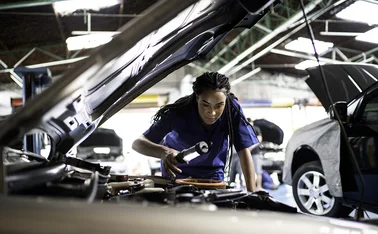
Blog: The flattening of rush hour – are replacement vehicle services adapting to the changing patterns of road usage post Covid-19?

With the advent of the Covid-19 lockdown, commuters worked from home and schools were closed, traffic numbers fell to levels not seen in decades and the traditional rush hours disappeared. James Roberts, insurance business development director at Europcar Mobility Group UK, explains how motor insurance providers can support their customers during the pandemic and ensure their partners have the right infrastructure in place.
More recently – and before the latest swathe of local lockdowns – reports suggested that traffic on our roads had returned to near pre-pandemic levels. However, the rush-hour patterns seem to have
Only users who have a paid subscription or are part of a corporate subscription are able to print or copy content.
To access these options, along with all other subscription benefits, please contact info@postonline.co.uk or view our subscription options here: https://subscriptions.postonline.co.uk/subscribe
You are currently unable to print this content. Please contact info@postonline.co.uk to find out more.
You are currently unable to copy this content. Please contact info@postonline.co.uk to find out more.
Copyright Infopro Digital Limited. All rights reserved.
As outlined in our terms and conditions, https://www.infopro-digital.com/terms-and-conditions/subscriptions/ (point 2.4), printing is limited to a single copy.
If you would like to purchase additional rights please email info@postonline.co.uk
Copyright Infopro Digital Limited. All rights reserved.
You may share this content using our article tools. As outlined in our terms and conditions, https://www.infopro-digital.com/terms-and-conditions/subscriptions/ (clause 2.4), an Authorised User may only make one copy of the materials for their own personal use. You must also comply with the restrictions in clause 2.5.
If you would like to purchase additional rights please email info@postonline.co.uk









